The summer of 2020 was filled with civil unrest including the repeated vandalization of Christopher Columbus statues in Chicago.
In response, Mayor Lori Lightfoot removed three Columbus statues in the city due to public safety concerns and launched the Chicago Monuments Project Advisory Committee, which has been tasked with discussing and altering current monuments and commissioning new ones over the next few years.
One year later, the tension over the controversial statues has not subsided among those with strong views about how history should be told through monuments.
Jojo Galvan, a public historian and panelist at the May 13 CMPAC meeting on “Artists’ Visions” said he hopes more untold and hidden histories are represented in the future, specifically that of Latinx and LGBTQ+ individuals.
“The city would not be the vibrant place it is today without the contributions of generations of LGBTQ and Latinx residents that have called Chicago home,” Galvan said in an email interview.
Galvan wants to challenge the advisory committee as well as Chicago residents to expand their beliefs of what should be classified as a monument. Marginalized groups in the city have experiences outside the norm, and Galvan suggests that a commemoration reflects those diverse experiences.
“It doesn’t have to be just a plaque or a larger-than-life bronze figure,” Galvan said. “A monument can be a mural, a church, an intersection…As a person of color and Latinx Chicagoan, I have no interest in seeing another larger-than-life bronze figure to encompass a segment of Latinx Chicago history. I think we can do better.”
Galvan said although he welcomes the committee’s efforts to improve city monuments, they are long overdue as the meaning of monuments can greatly change across generations. The very nature of monuments make them “subject to constant re-evaluation at the hands of the public,” he said.
The committee flagged 41 of the city’s monuments as problematic for a variety of reasons: promoting narratives of white supremacy, memorializing individuals with connections to racist acts, slavery and genocide, and not sufficiently including other viewpoints.
Among the 41 flagged monuments are those of presidents George Washington, Abraham Lincoln and William McKinley. While the committee’s website includes a list of the flagged monuments with a brief description of their historical context, there is no specific explanation as to why each monument is problematic.
“Monuments and accountability go hand in hand to me, and these monuments, especially with white supremacist men, just show America and its accountability,” said Layla Walcott, a film and television student at Columbia College Chicago.
Walcott said it’s about time the city addresses these monuments and that “it’s right that people wanted to take things down faster than an actual above-board movement like the Chicago Monuments Project,” she said, referring to the protestors who tethered a rope to the Columbus statue in attempt to pull it down last July.
Faith Myszkowski, a student at Roosevelt University majoring in international studies and minoring in social justice, thinks the protests were the only way to get city officials’ attention.
“I think as a regular citizen, you can only fill out so many forms and make so many calls until your voice is simply lost,” Myszkowski said.
Myszkowski said monuments are meant to tell a story, and many of these monuments are centered on painting white history in a more positive light than it realistically should be, which oftentimes casts a shadow on people of color and important elements of their histories.
“Vandalizing monuments is just a way of speaking up and trying to tell or retell history in a truer way that is about the people that maybe aren’t cherry-picked and chosen to be a representative,” Myszkowski said.
The reimagination of Chicago monuments is an opportunity for the city to also reconsider the types of figures it honors, such as ordinary people or artists who positively contribute or give back to their communities, according to Cyera Williams, a communications student at Columbia College Chicago.
Taqi Salaam, a South Side native and certified nurse anesthetist at Rush Medical Center was not a fan of the vandalization or removal of the Columbus statue and said the CMPAC opening up these discussions will create a slippery slope, because “there is no perfect human.”
“History can be inconvenient at times, but it doesn’t mean that it didn’t happen,” Salaam said. “I personally don’t believe you get any of this without Christopher Columbus kind of just making a mistake.”
Regardless of how one views Columbus, “you don’t get you, you don’t get me, you don’t get my history, you don’t get Michael Jordan, you don’t get any of this stuff without him making that mistake… You can’t just have convenient parts of history,” he said.
Salaam disagrees with those who believe no man should be glorified to the extent of being immortalized in a statue. “Who determines who’s glorified? That’s a personal choice,” Salaam said. “You can’t police or control how others are supposed to feel.”
He said removing statues because of an individual’s mistakes encourages a pessimistic outlook on others, instead of recognizing their achievements.
“Every time we mention every human, we’re going to have to perform some exercise where we remember 50% of them negative and 50% of them positive,” Salaam said. “I think it’s very odd to do that… I prefer to remember people by their good… I don’t want to have a disclaimer type exercise when you say someone’s name.”
Salaam said the initiative doesn’t actually address any kind of racial injustice or racism in the city. His personal take is that the city “it is not truly honest about race,” he said.
“You’re not able to talk about the real issues that are on the line in these communities that have been stagnated,” Salaam said. “Until we are able to talk about those issues, then all of this stuff, to me, is really just a Band-Aid.”
Even those who support CMPAC’s efforts are skeptical of Lightfoot and the city’s true motivations.
Williams said it seems like the city is willing to create new monuments because it’s more affordable and what the people are really asking for is too much.
“I definitely wish there were other things being addressed first,” Williams said. She said it was “so weird” for Lightfoot to give $271.5 million to the Chicago Police Department.
“It’s kind of weird that that happens, and then it’s like, ‘Okay, now we’re going to talk about monuments.’ It’s like, what is really going on?” Williams said.
Myszkowski said there are always going to be bigger, more important issues that need to be addressed by Lightfoot, rather than the monuments—the school system, redlining, environmental racism and issues affecting people’s quality of life.
“All of those things of course would preferably come first, but Mayor Lightfoot and city officials don’t tend to care unless a ruckus is made, and this is the thing that will get people happy enough to where they’re silent,” Myszkowski said.

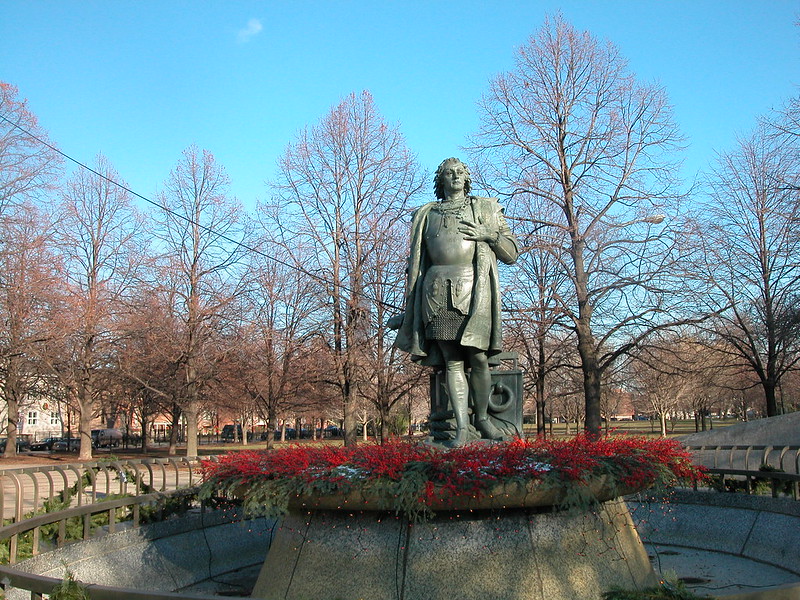
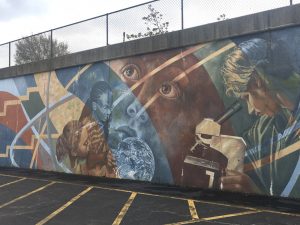
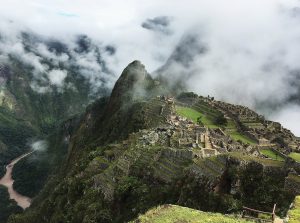
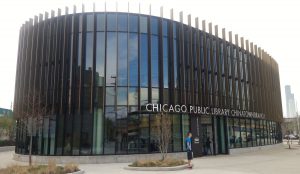
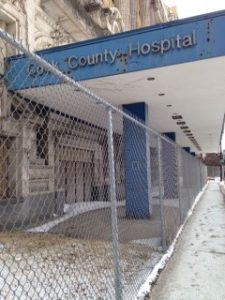


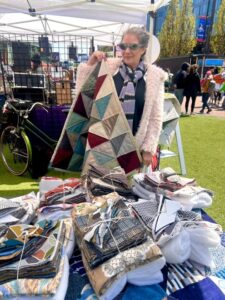
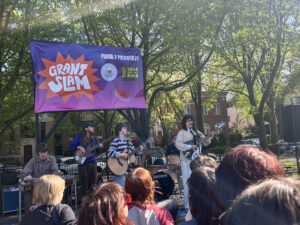

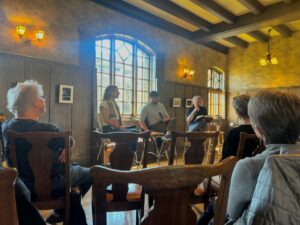

Be First to Comment